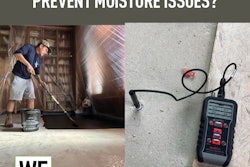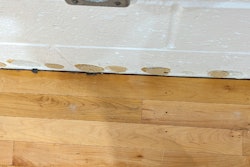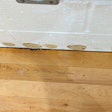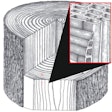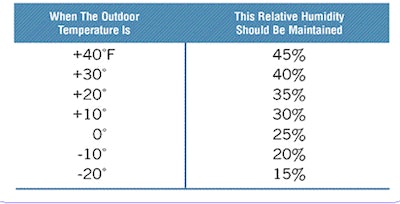
We've heard the story over and over again regarding the importance of RH control to maintain the beauty of our wood floors, yet no one seems to listen or remember. Whether we like it or not, all factory-made wood products (flooring, furniture, cabinets, musical instruments) have a specific RH range they perform best in, and this range is usually published on the manufacturer’s website. For example, every pianist knows the importance of RH control, because when the RH goes down, so will the pitch, when RH goes up, so does the pitch. In order for the song to be heard correctly, the pitch has to be perfect and RH has to be within that preferred range.

Wood flooring is no different. We hear stories saying, “The floor shouldn't be sold here because it's too dry.” Just like the guitar or piano, some people overcome these conditions by making the appropriate adjustments—and it works. The same thing holds true sax players who need RH control for their reeds and use a reed humidor case. Factory-finished wood flooring is produced to be in a specific RH range (e.g., 35–55%) and typically wrapped in plastic to preserve the integrity of the product, sort of like a mini humidor. Therefore, when the flooring package is opened up to be installed, the interior RH should be within the manufacturer-specified ranged so the material doesn't have any adverse affects such as splitting/cupping. Just like the musical instrument, these conditions should be observed for the life of the floor.
The Difference between Short- and Long-Term Effects
 This chart from Aprilaire shows the adjustments that should be made for RH based on outdoor temperature.
This chart from Aprilaire shows the adjustments that should be made for RH based on outdoor temperature.
Extra Costs of Equipment
Could there be extra costs to the overall flooring price due to the HVAC control? Yes if the customer doesn’t currently have any type of system in their home. Just like the musical instrument, the purchase price is just the beginning, and it will require RH control to maintain the quality of floor the customer paid for. When your customers are looking to have a wood floor installed, you must look at what RH control they currently have. If they don’t have any RH-control equipment, they can get an average built-in humidifier for around $600, which is a small price to pay for a $12,000 wood floor investment.















